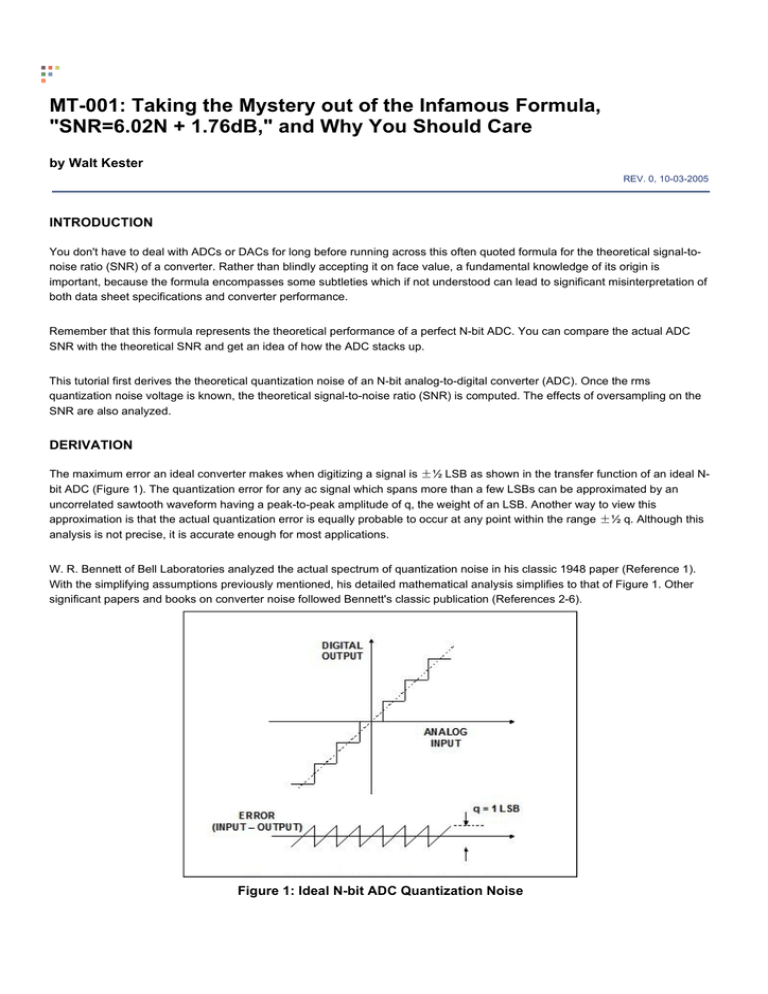
We got the same error even with 1 million rows. ORA-04030: out of process memory when trying to allocate 16408 bytes (koh-kghu of rows to 1.2 million and the program crashed with the following error: We tried with the 600,000 records first and it completed in 1 min and 29 sec with no problems.

We did not introduce any of our transformation logic yet. We used FORALL statement while inserting the data. We used BULK COLLECT into FETCH the data.ģ. We declared PL/SQL BINARY_INDEXed Tables to store the data in memory.Ģ.
#Buffer 1 t.s logicworks 5 code
We then tried to leverage the BULK COLLECT and FORALL and PARALLEL options and modified our PL/SQL code completely to reflect these. The logic works fine but it took 20hrs to complete the load. We wrote a custome procedure which opens a simple cursor and reads all the 58 million rows from the SOURCE Table and in a loop processes the rows and inserts the records into a TARGET Table. We initially planned to use Oracle Warehouse Builder but due to performance reasons, decided to write custom code. The B-PER direct formulation is optimized for direct (homogenous) lysis of cells in 96-well culture plates, facilitating high-throughput screening assays.We have a requirement where are supposed to load 58 millions of rows into a FACT Table in our DATA WAREHOUSE. These include formulations in Tris buffer or PBS, and those with and without lysozyme and DNase I enzymes. Several different ready-to-use formulations of B-PER reagent are available for different lysis needs. B-PER reagent removes soluble protein from inclusion bodies and can be used to purify intact inclusion bodies whose less soluble proteins can be extracted by other means. Extraction does not require expensive equipment and can be performed in less than 10 minutes. The reagent is also suitable for certain Archaebacteria species and cultured insect cells. B-PER reagents have been used for Gram-negative bacteria, S. coli and other species of bacterial cells and effectively extract soluble native and recombinant proteins. Thermo Scientific B-PER Bacterial Protein Extraction Reagents gently lyse E. If the detergent used for lysis must be removed, then a dialyzable detergent should be selected. Consideration should be given to the compatibility of the chosen detergent with downstream applications. In addition to the choice of detergent, other important considerations for optimal cell lysis include the buffer, pH, salt concentration and temperature. Because of the dense and complex nature of animal tissues, they require both detergent and mechanical lysis. Animal cells, bacteria and yeast all have different requirements for optimal lysis due to the presence or absence of a cell wall. The choice of detergent for cell lysis also depends on sample type. In contrast, ionic detergents are strong solubilizing agents and tend to denature proteins, thereby destroying protein activity and function.
#Buffer 1 t.s logicworks 5 series
CHAPS, a zwitterionic detergent, and the Triton-X series of nonionic detergents are commonly used for these purposes. In general, nonionic and zwitterionic detergents are milder and less denaturing than ionic detergents and are used to solubilize membrane proteins where it is critical to maintain protein function and/or retain native protein–protein interactions for enzyme assays or immunoassays. Unfortunately, there is no standard protocol available for selecting a detergent to use for membrane lysis. Their behavior depends on the properties of the head group and tail.

They are comprised of a polar hydrophilic head group and a nonpolar hydrophobic tail, and are categorized by the nature of the head group as either ionic (cationic or anionic), nonionic, or zwitterionic. Detergents, like lipids, self-associate and bind to hydrophobic surfaces. Detergents break the lipid barrier surrounding cells by solubilizing proteins and disrupting lipid–lipid, protein–protein and protein–lipid interactions. Detergent cell lysis is a milder and easier alternative to physical disruption of cell membranes, although it is often used in conjunction with homogenization and mechanical grinding.


 0 kommentar(er)
0 kommentar(er)
